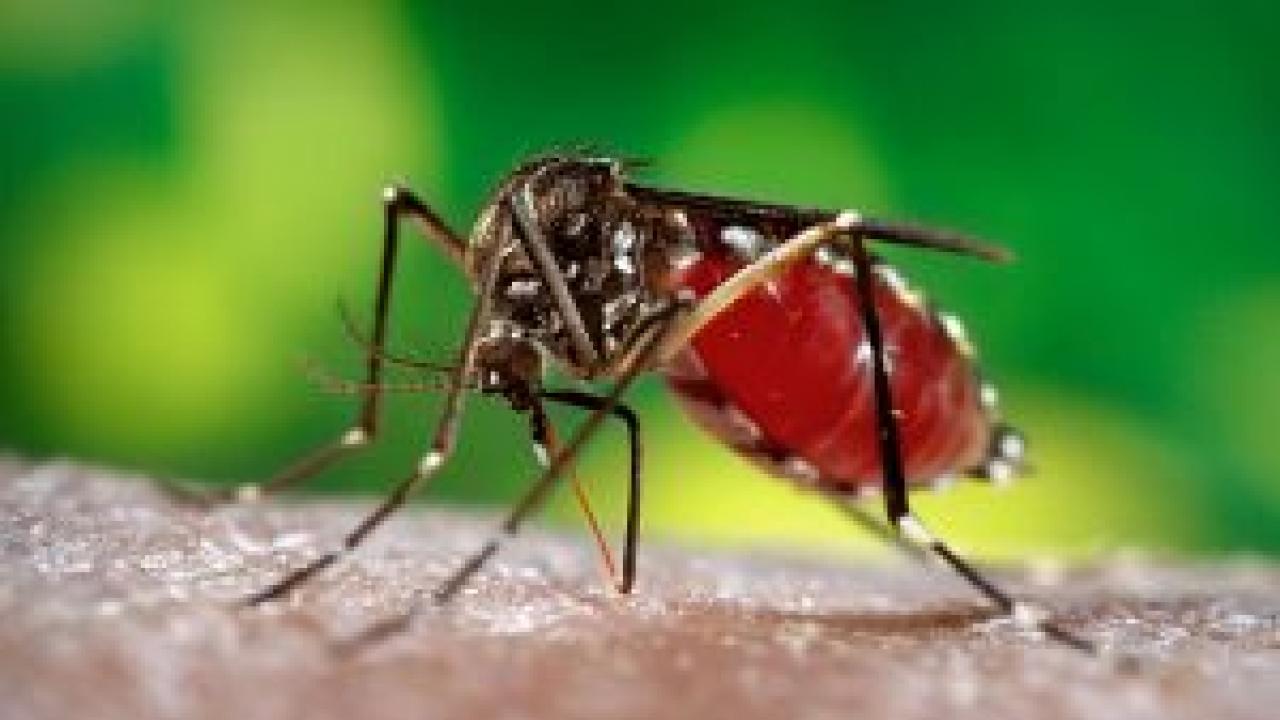
Harnessing Bacteria-Infected Mosquitoes to Reduce Virus Transmission with Michael Turelli
Virus-suppressing bacteria could control transmission by mosquitoes
Mosquitos infected with the bacteria Wolbachia are significantly worse vectors for dengue virus, but how to establish and spread Wolbachia in an urban mosquito population is unclear. A study published May 30 in the open access journal PLOS Biology shows that over time, strategic releases of mosquitoes infected with the dengue-suppressing bacteria may be enough to allow the virus-resistant insects to spread across large cities.
Leading the work are Professor Michael Turelli, UC Davis Department of Evolution and Ecology, and colleagues from Scott O’Neill’s “Eliminate Dengue Program” based at Monash University, Melbourne.
More than 2.5 billion people live in areas afflicted by dengue fever, a mosquito-borne viral disease that is increasing at alarming rates in tropical and subtropical countries. Suppression efforts have mainly focused on mosquito control, but the Eliminate Dengue Program, an international, non-profit research collaboration, is trailing a new approach: harnessing bacteria that infect mosquitoes and reduce their capacity to transmit viruses.
The researchers released adult Aedes aegypti mosquitoes infected with Wolbachia bacteria in three areas adjacent to suitable mosquito habitat in the city of Cairns, Queensland. The sites, which ranged in size from about one square kilometer to a tenth of a square kilometer, received tens of thousands of Wolbachia-infected mosquitoes. The researchers tracked the spread of Wolbachia through mosquito populations over two years by trapping and testing them for the bacteria.
Turelli and colleagues found that Wolbachia-infected mosquitoes spread at about 100-200 meters per year in the larger sites, but there was little evidence of such spread in the smaller area even after two years. This suggests that as long as the introduction sites are large enough strategic releases can transform mosquito populations in cities. While slow, the spread in the larger sites was generally steady. However, the researchers also found that spread could be impeded by barriers to mosquito movement, which could include roads, rivers and forests. This suggests that local barriers to mosquito dispersal should be taken into account when determining how many releases of Wolbachia-infected mosquitoes are required.
Turelli is a biomathematician who applies math to study population genetics. In the 1980s, with Ary Hoffmann of the University of Melbourne, he began working on Wolbachia bacteria in Drosophila fruit flies. The bacteria are transmitted between generations through the female’s eggs. Female insects infected with Wolbachia produce less eggs than uninfected females, but if an infected male mates with an uninfected female, all her eggs die. That provides a big advantage to Wolbachia-infected mosquitoes to out-breed uninfected mosquitoes.
At the same time, Wolbachia suppresses other bacteria and viruses in the mosquito, including the dengue virus. Mathematical modeling by Turelli and colleagues has shown that introducing Wolbachia should be an effective way to stop transmission of dengue virus.
The work was supported by the Grand Challenges program of the Bill and Melinda Gates Foundation, the National Health & Medical Research Council (Australia) and the National Institutes of Health.
Media Resources
- Read the paper in PLOS Biology
- Geneticist to describe dengue-stopping research
- Eliminate Dengue Program
- This story first appeared on the UC Davis Egghead blog
- Adapted from a news release issued by PLOS Biology
